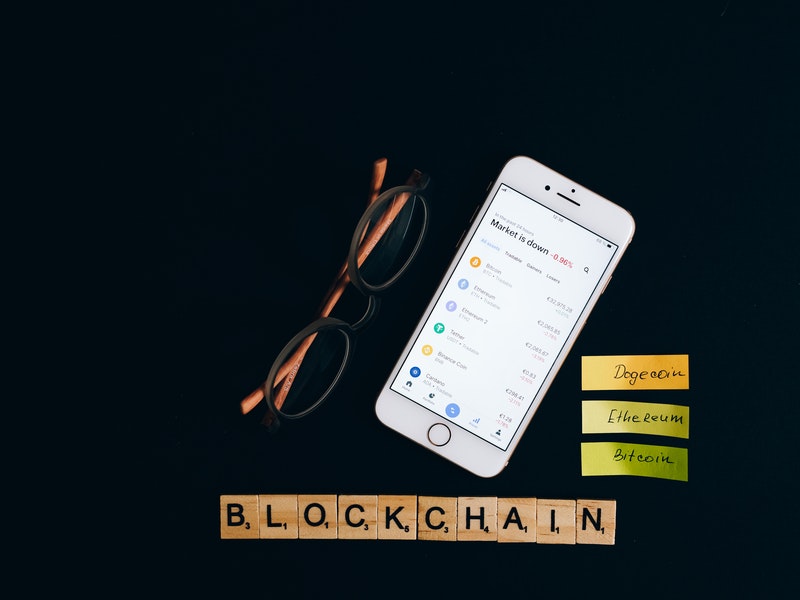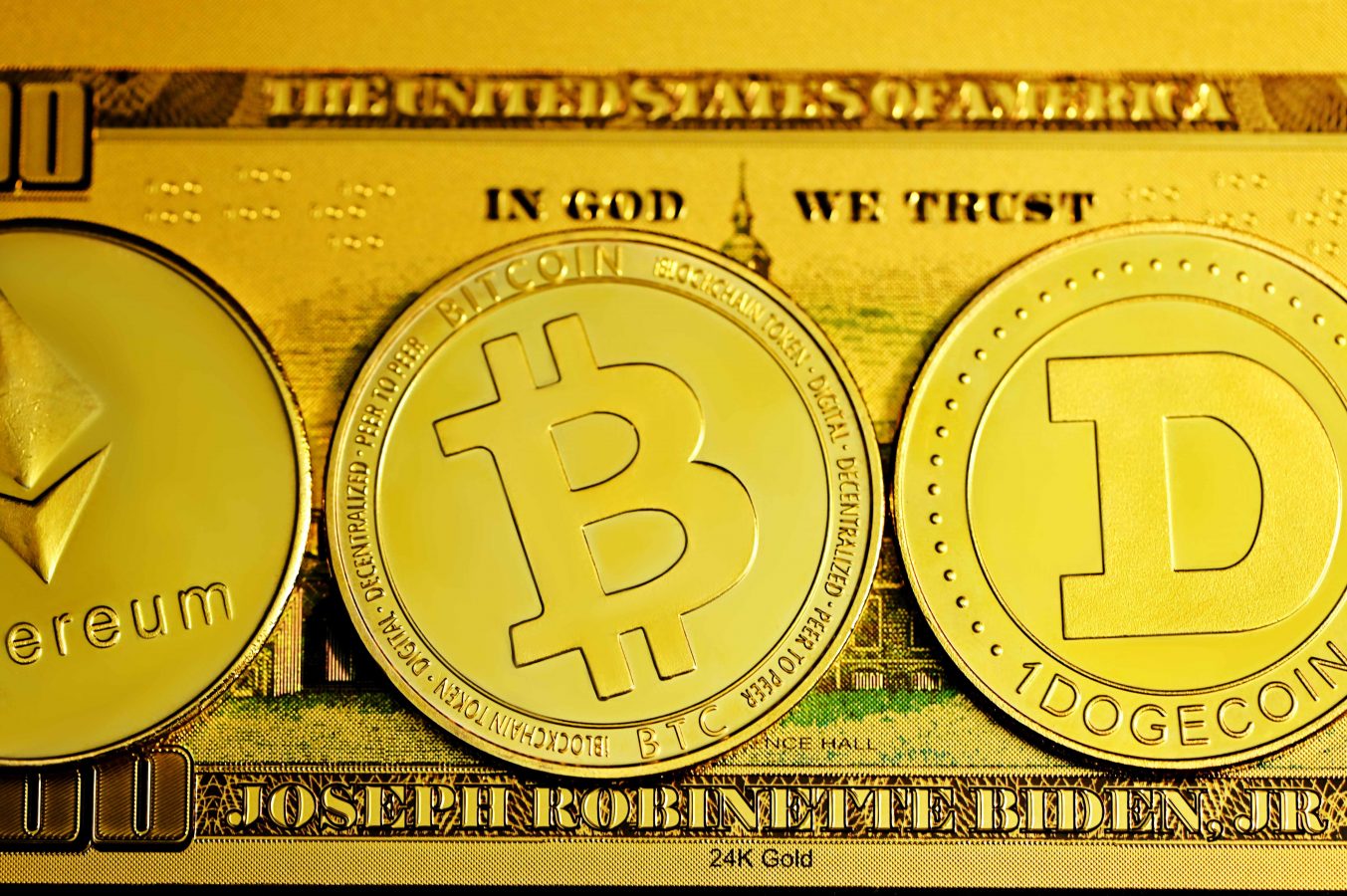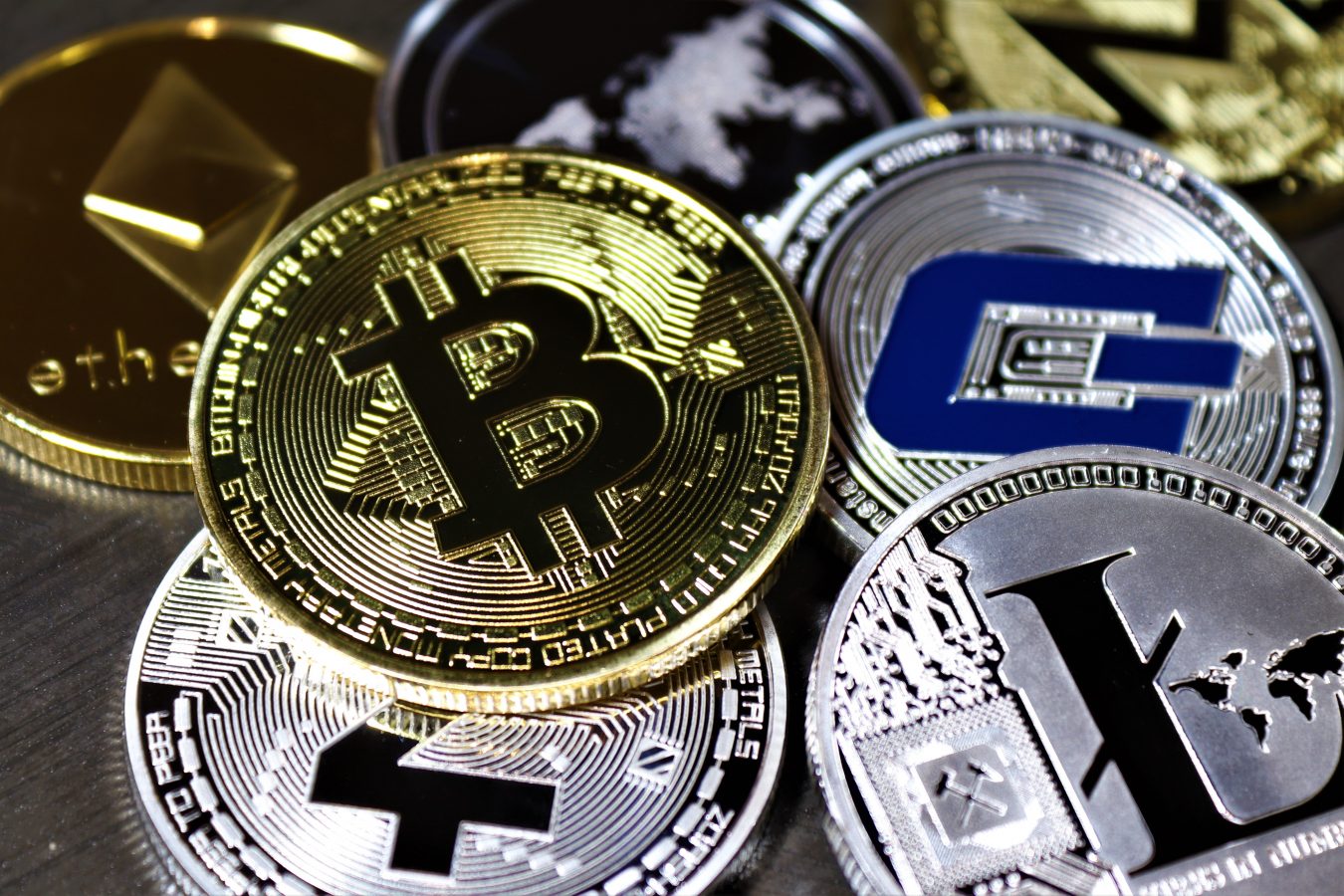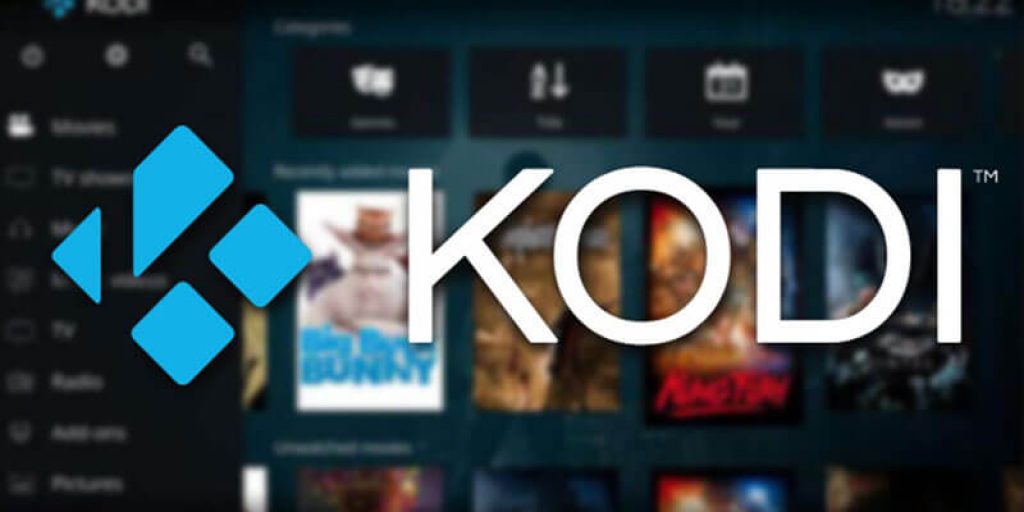Benedikt Goetz, BaaS specialist and Head of Crypto at Railsbank, explains his vision of how banks can integrate Bitcoin into their financial services and what consequences this entails.
More and more institutional investors and large banks are exploring the possibilities that Bitcoin has to offer them and their customers. Even the European Central Bank has spoken out about a possible crypto euro. Despite this massive, global influx of investors and banks in recent months, one unresolved question remains: Who regulates Bitcoin? And what happens when banks decide to embrace Bitcoin en masse? Germany Cryptocurrency is popular.
Bitcoin: a law in itself
Unlike national fiat money, Bitcoin is not regulated by a centralized authority. The cryptocurrency depends on the activity of ‘miners’. Simply put, the value of the Bitcoin is determined by their documentation of all blockchain transactions. So if someone has “ownership” of the digital currency, it is the miners and those who buy newly minted Bitcoins. With their possessions, knowledge and (trans) actions they have the biggest finger in the pie.
https://youtu.be/phxu4LZeR4w
Banks with Bitcoin can do this
Meanwhile, more and more large banks are considering entering the Bitcoin trade. ABN AMRO has already started this. The bank is researching the effects of blockchain on its core processes, products and services in order to be able to offer the perfect crypto service. ABN AMRO does this together with ING, among others. Rabobank is also experimenting with blockchain. For example, Rabobank completed an intercontinental transaction worth 12 million euros with blockchain last year.
While it is logical for banks to work on their own crypto services, the progression is remarkable. For a long time, banks have been on the sidelines while first the retail sector and later large organizations embraced cryptocurrency. Anyway, now they are taking the reins themselves and taking the direct route.
A good choice in my opinion, because why only let PayPal have all the fun? The fintech giant announced in October 2020 that it will offer support for a variety of cryptocurrencies, enabling all 346 million Paypal users to buy, sell, store and even spend crypto at 26 million participating organizations. Crypto Indonesia is popular.
For example, banks could offer Bitcoin
As mentioned, banks have no control over Bitcoin. However, there are a few avenues they can take to provide crypto services. For example, banks could offer the same type of service as PayPal: offer buying and selling services and prevent users from transferring their crypto assets outside the bank. In other words, customers can buy Bitcoins from their mobile banking app and then spend them with a debit card / mobile app, but sending the Bitcoins to a hardware wallet is prohibited. In this scenario, the sofa would thus function as a kind of enclosed garden.
Another possibility is that banks own and offer crypto themselves after they have built up their own reserves. This move would certainly usher in a new era in crypto: one of licensing, registrations and regulations. While several crypto exchanges have evaded regulators by settling in far-flung places and taking advantage of obscure regulations, banks are more likely to face sanctions and be punished for, for example, improper risk management. Consider the example of KuCoin, the crypto exchange that was hacked and lost $ 280 million as a result. What would have happened if KuCoin were a Dutch – or European – bank? An army of auditors who had turned every bit of paper in the bank, a large fine and new regulations regarding checks.
While the rise of Bitcoin banks will stir up controversy from many quarters, it could also increase Bitcoin’s value. Whatever happens, the years to come will be fascinating.





